Crucibulum laeve
Scientific name: Crucibulum laeve (Huds.) Kambly
Derivation of name: Crucibulum means "a little pot"
and laeve means "smooth."
Synonyms: Crucibulum crucibuliforme (Scop.)
V.S. White, Crucibulum vulgare Tul. & C. Tul.
Common name(s): White-egg bird's nest; Common bird's
nest.
Phylum: Basidiomycota
Order: Agaricales
Family: Agaricaceae
Occurrence on wood substrate: Saprobic; typically
clustered on wood chips, bark, fallen branches; summer
through fall.
Dimensions: Nests are 0.5 to 1 cm tall and wide.
Sterile nest surfaces: The tawny-yellow, velvety lid is
conspicuous when the nests are young. The inside of the
cup-like nest is white, smooth and shiny. There are no
tooth-like
projections on the rim of the nest.
Fertile tissue: The eggs (peridioles) are about 1.5-2 mm
wide, white, and attached to the cup by a long thin cord.
Comments: In our range, this is the only bird's nest
fungus with white peridioles.
More information at MushroomExpert.com:
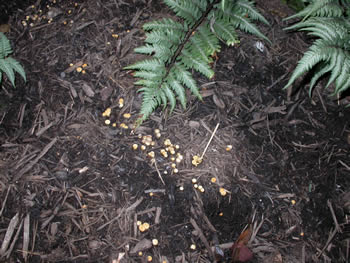
Figure 1.
These fungi are small. There are a number of
specimens growing on the hardwood mulch of this
landscape bed. The toothpick is for scale.
Photo © Gary Emberger.
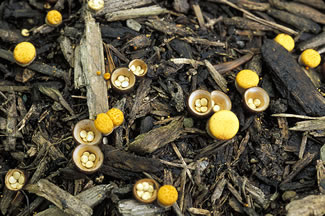
Figure 2.
Up close, these fungi are quite unmistakable.
The tawny-yellow membrane of young
specimens
breaks open to reveal the white peridioles ("eggs")
within.
Photo © Fred Habegger
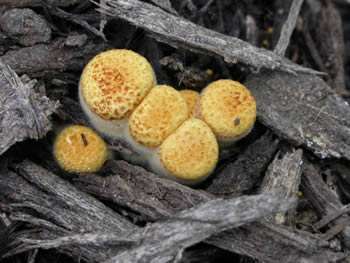
Figure 3. Intact membranes of young specimens of
Crucibulum laeve. Photo © Gary Emberger.
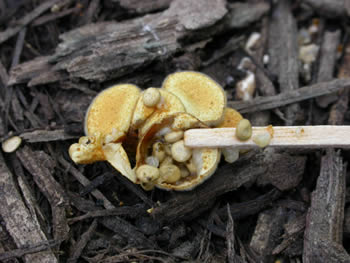
Figure 4. The same specimens as in Figure 3 but the
membrane has been ruptured with the toothpick in order
to uncover the eggs. Photo © Gary Emberger.
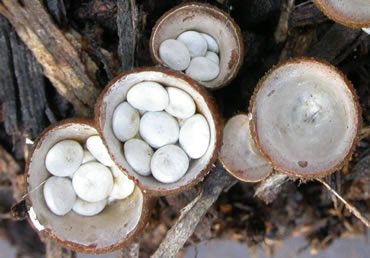
Figure 5. The smooth and
unfurrowed (nonstriate) inner walls
of the nests are clearly seen in the empty nest and nests with
eggs. Photo © Gary Emberger.
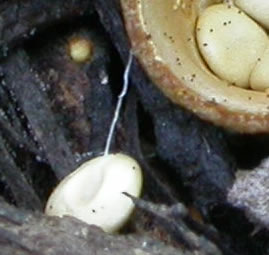
Figure 6. Here, an egg was taken out of the nest.
A portion
of the cord
(funiculus) is visible.
Photo © Gary Emberger.